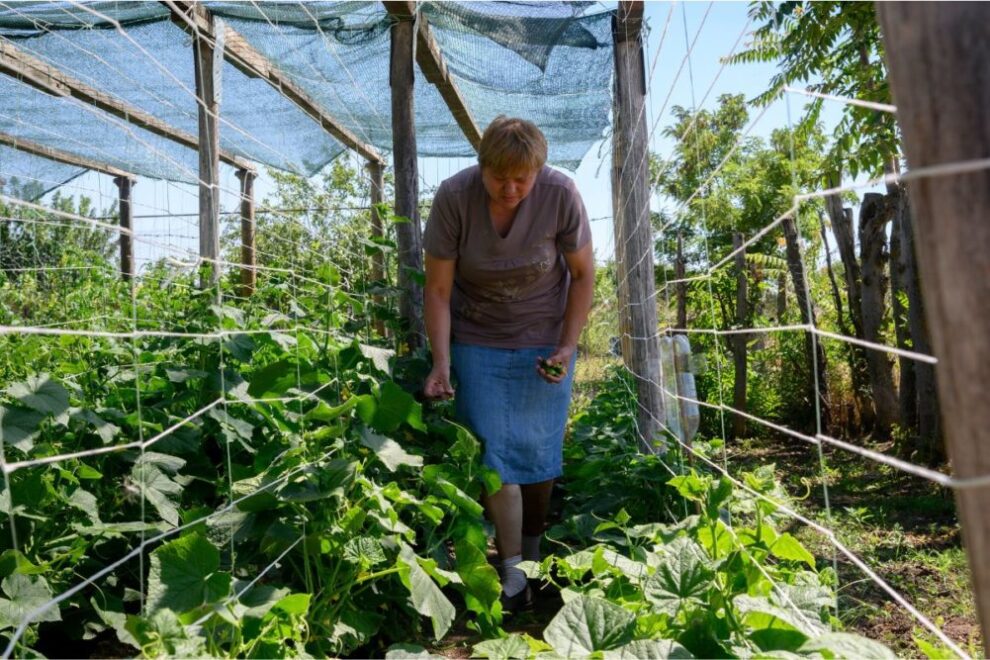BUDAPEST, HUNGARY — The number of moderately or severely food-insecure people in Europe and Central Asia dropped by 4.1% from 2021 to 2022, according to the 2023 edition of the Regional Overview of Food Security and Nutrition in Europe and Central Asia published by the Food and Agriculture Organization (FAO).
Although the pandemic, conflicts and weather extremes have made it more difficult to improve food security, the prevalence of undernourishment in the regions has been below 2.5%.
“We hope that this report provides valuable information that can contribute to effective intersectoral collaboration, including with civil society organizations and the private sector, to accelerate progress toward achieving the SDG 2 goal in Europe and Central Asia,” said Godfrey Magwenzi, officer-in-charge for the FAO Regional Office for Europe and Central Asia, ad interim, in the report’s foreword.
On the other hand, the regional trend on the proportion of overweight and obesity is alarming, the FAO said. In 2022, the prevalence of overweight children under 5 years of age in Europe and Central Asia was 7.1%, higher than the global estimate of 5.6%.
Despite the decreasing trend from 9.7% in 2010, the prevalence is more than double the 2030 target of reducing childhood overweight. Adult obesity is on the rise in all subregions and all countries in this region. In parallel, progress has been made in most countries concerning other nutrition targets, including child stunting, child wasting and low birthweight.
“For those who are classified as moderately food insecure, access to food is uncertain,” said Tamara Nanitashvili, senior policy officer at FAO and lead author of the report. “They might have to sacrifice other basic needs, just to be able to eat regularly, and what they get is very often not the most nutritious food. When someone is severely food insecure, they have gone a day or more without eating. In other words, they have most likely experienced hunger.”According to the latest estimates, more than 25 million people (or 3.1% of the total population) in Europe and Central Asia could not afford a healthy diet in 2021, 2.7 million less than a year before.
Source: World Grain









